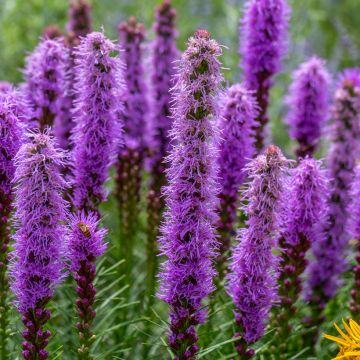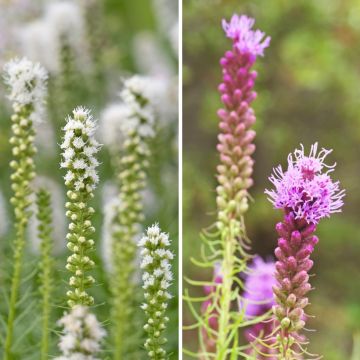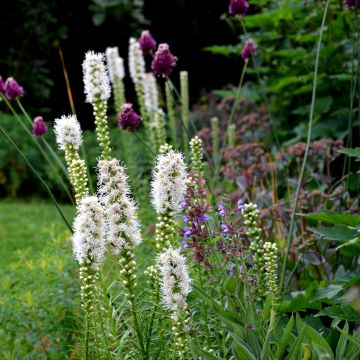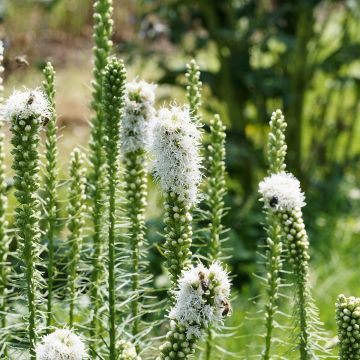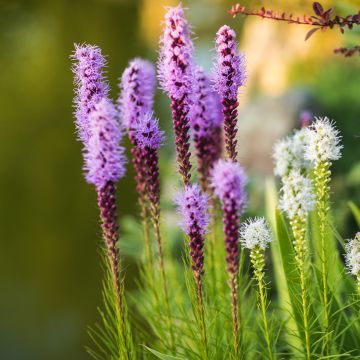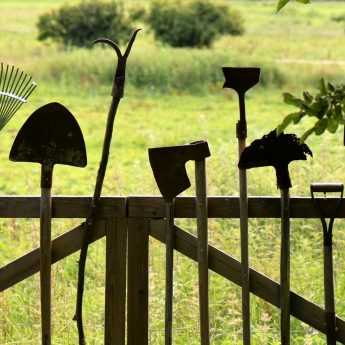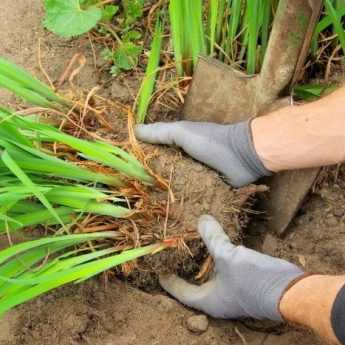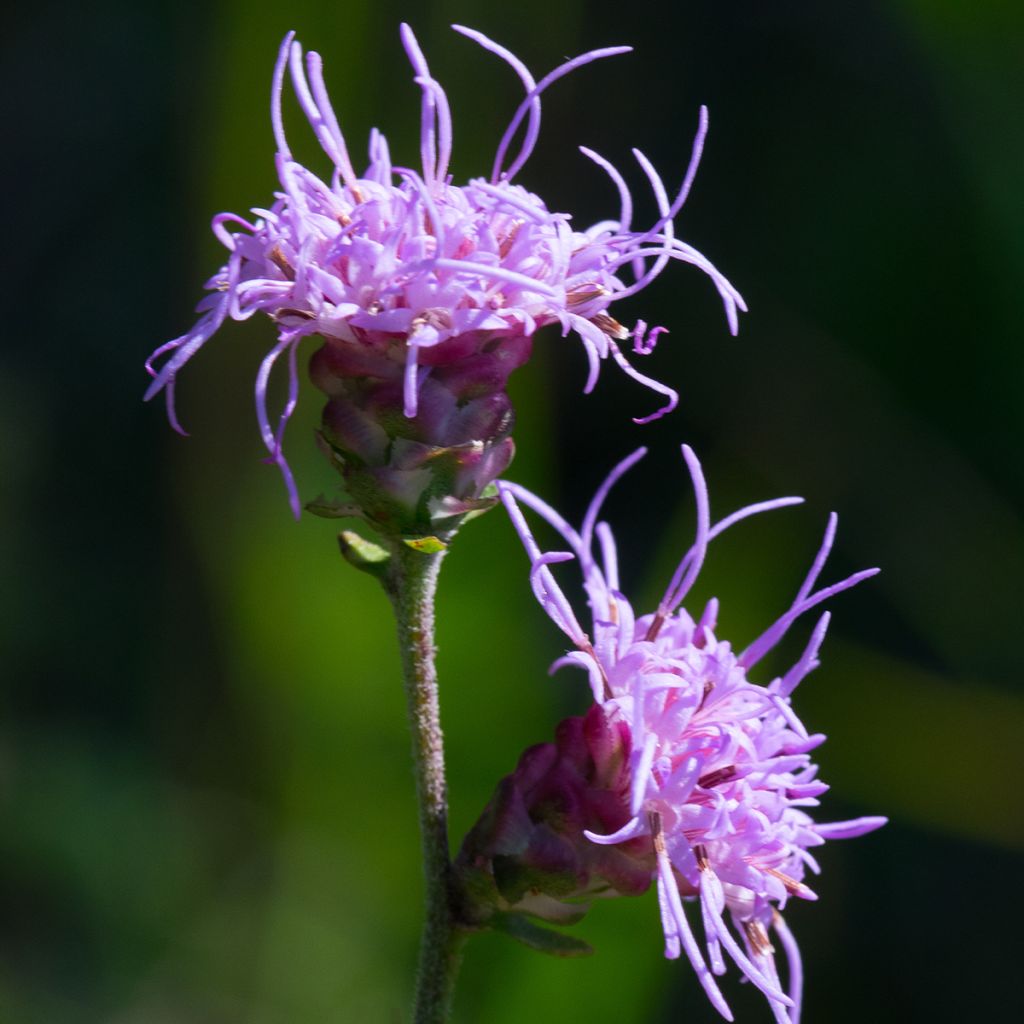

Liatris ligulistylis
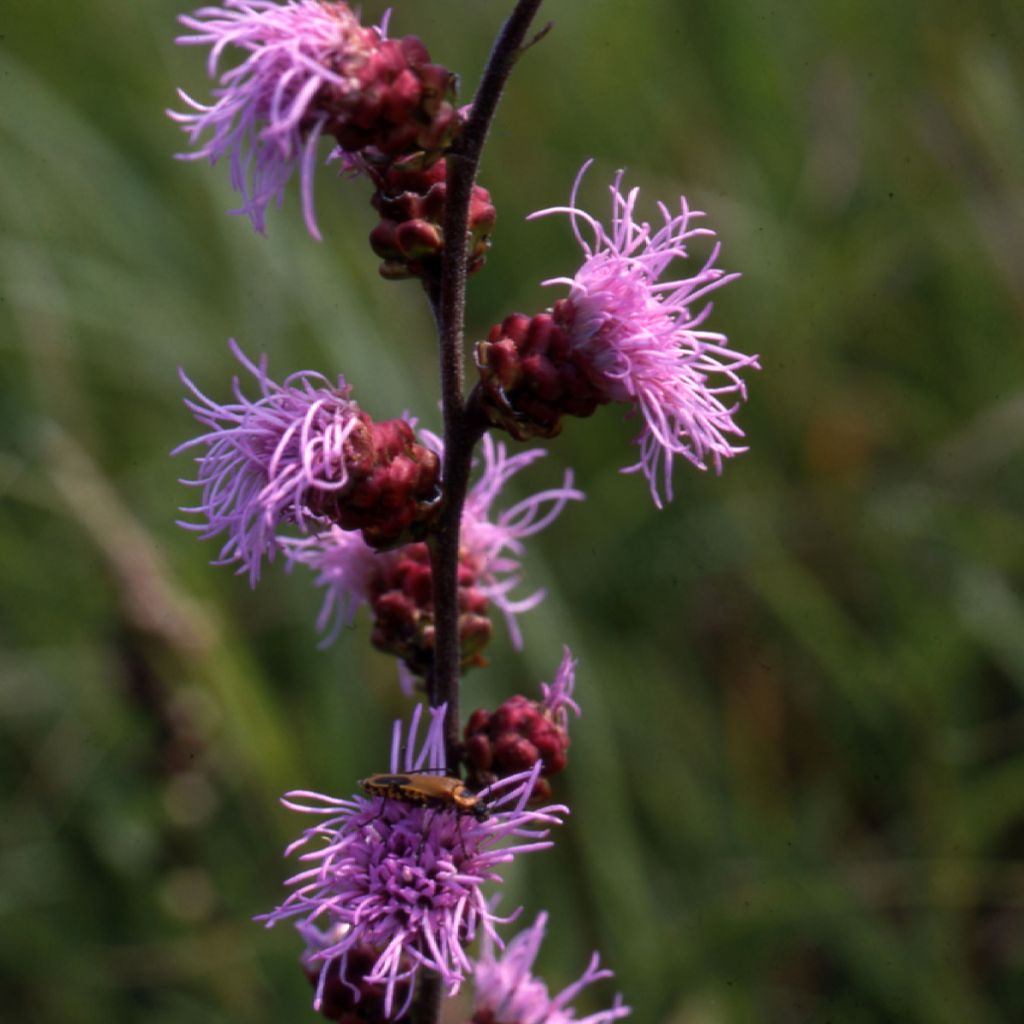

Liatris ligulistylis
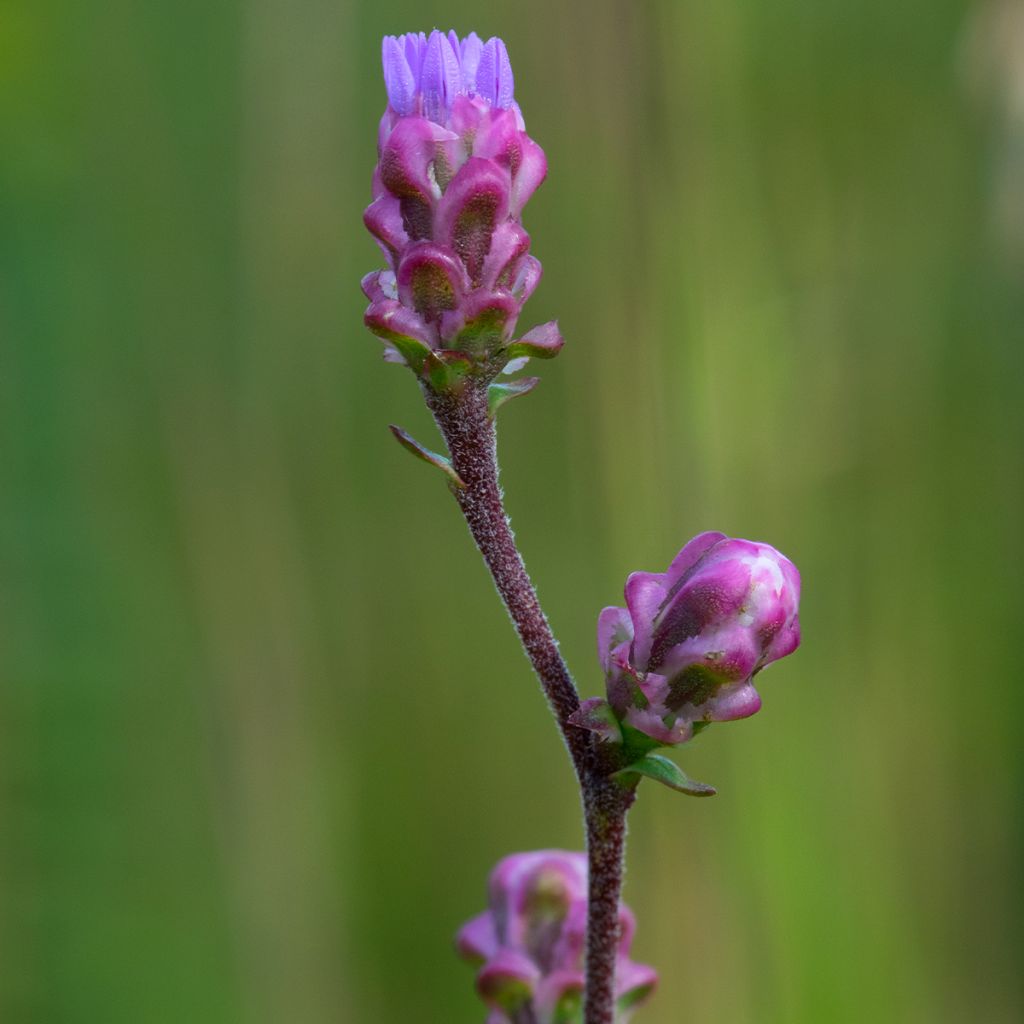

Liatris ligulistylis
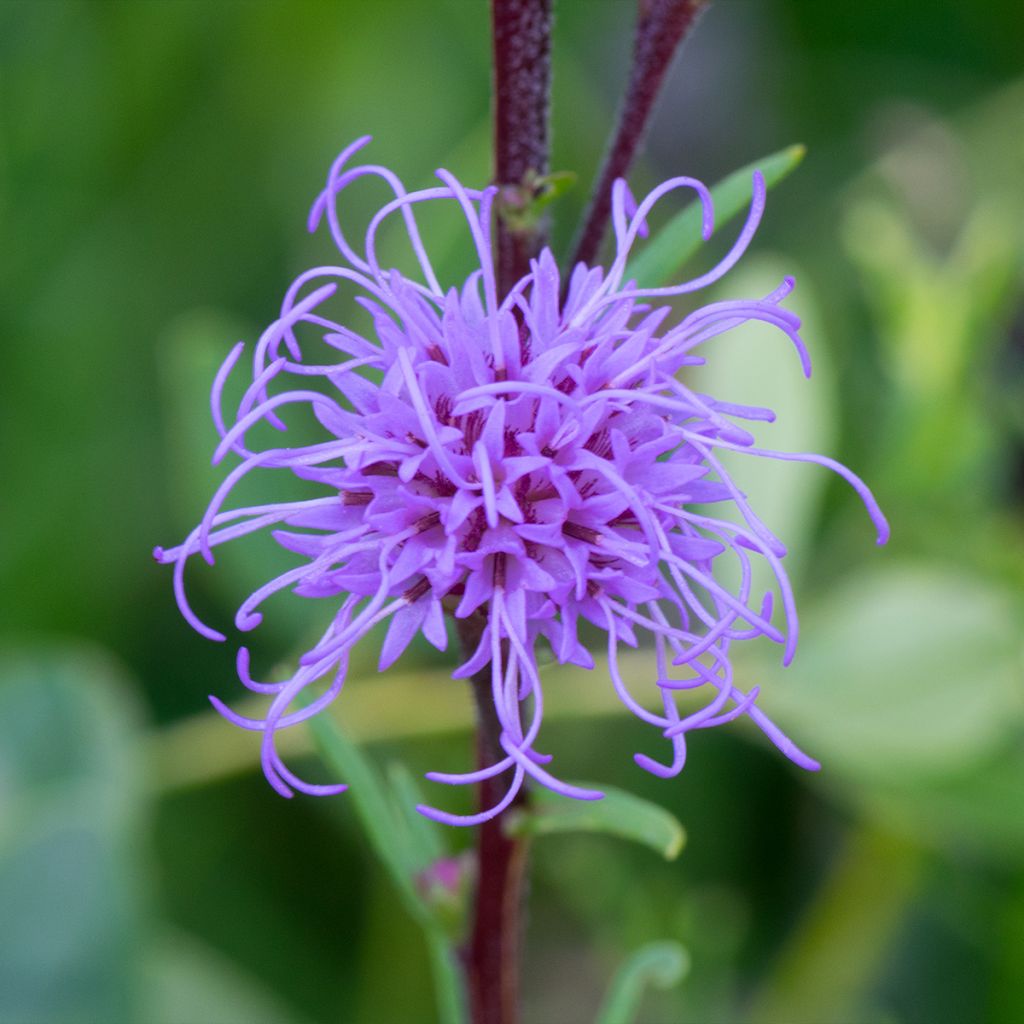

Liatris ligulistylis
Liatris ligulistylis
Liatris ligulistylis
Rocky Mountain Blazing Star
This item cannot be shipped to the selected country
Delivery charge from €6.90
More information
Delivery charge from €6.90
More information
Schedule delivery date,
and select date in basket
This plant carries a 12 months recovery warranty
More information
We guarantee the quality of our plants for a full growing cycle, and will replace at our expense any plant that fails to recover under normal climatic and planting conditions.
From €7.90 for pickup delivery and €6.90 for home delivery
Express home delivery from €8.90.
Does this plant fit my garden?
Set up your Plantfit profile →
Description
Liatris ligulistylis, also known as the Rocky Mountain Blazing Star, is a botanical species that grows and blooms in the upper Midwest and Western Canada. Its feathery flower spikes are a beautiful purple-pink colour, perhaps the most beautiful among the Liatris, and charm both the gardener and butterflies for several weeks in the second half of summer. In nature, this flower is a favourite of the Monarch butterfly. It is a hardy perennial plant with a tuberous rootstock that easily grows in well-drained soil with little maintenance. It looks very attractive in a wildflower meadow, a natural bed, or a large border.
Liatris ligulistylis belongs to the Aster family, it is related to asters, as well as Vernonia. Its above-ground growth, which is deciduous, emerges in spring. This plant forms an upright clump composed of leafy stems. Eventually, it reaches about 80 cm (32in) in height when in full bloom (sometimes more depending on growing conditions), and 40 to 50 cm (16 to 20in) wide at the base. The stems, which may require staking in windy gardens, bear thin, linear leaves with a whitish midvein, initially bright green and turning bronze in autumn. Flowering begins around the end of July, earlier or later depending on the climate. It lasts for 6 weeks. In the upper part of the stems, rounded flower heads appear in loose spikes. Each flower head is composed of 30 to 100 tubular petals. Long and finely lobed, they are a dark pink-purple colour and give the flower heads their beautiful feathery appearance. The flowers begin to open from the top rather than the base. These flowers are nectar-rich and attracts many pollinating insects. After pollination, sought-after seeds are formed, particularly by goldfinches.
This perennial plant has a compact, rhizomatous rootstock resembling a corm, which allows some to sell them 'dried' like a bulbous plant. However, Liatris rhizomes do not tolerate prolonged drying out, so we have chosen to sell them in their soil ball.
This Liatris ligulistylis, adorned with large colourful plumes, is a unique, airy, and useful border plant. For example, combine it with Blue Heaven or Little Carlow asters, Pink Cloud or Shneetanne ericoides asters, baptisias, and tall grasses like panicums or miscanthus, plants that also love the sun. The Rocky Mountain Blazing Star also makes a great impact near water features, with lythrums, kniphofias, and other Vernonia.
Liatris ligulistylis in pictures
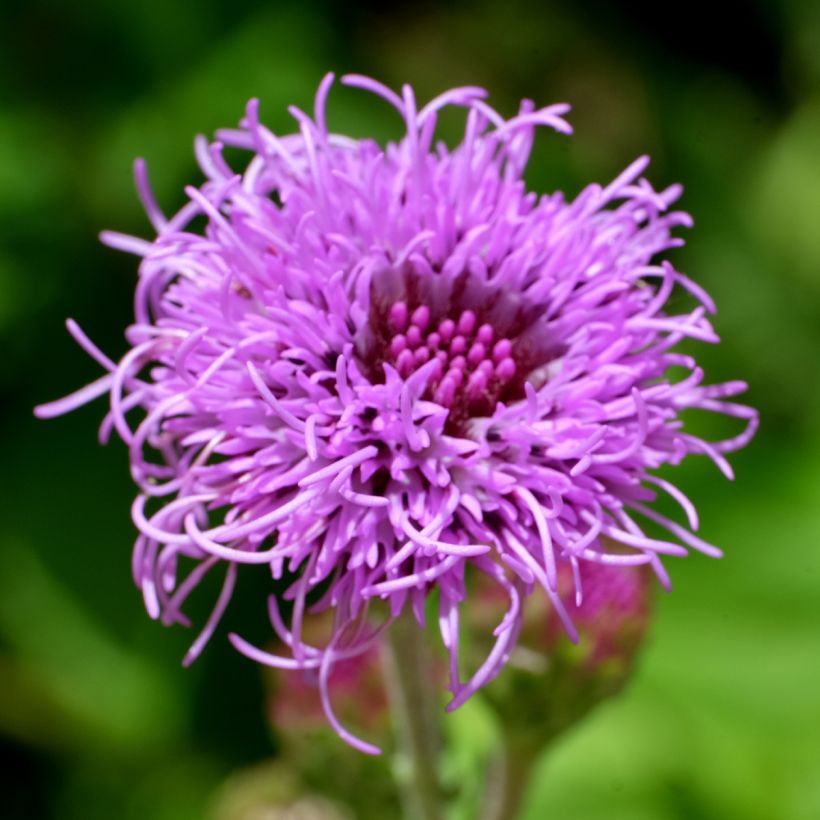

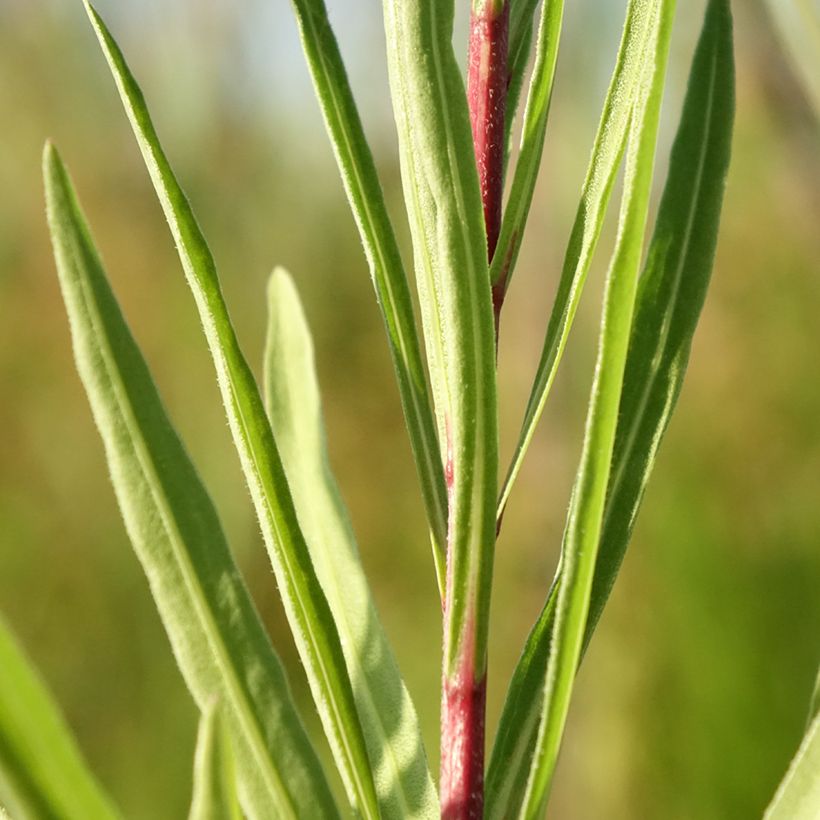

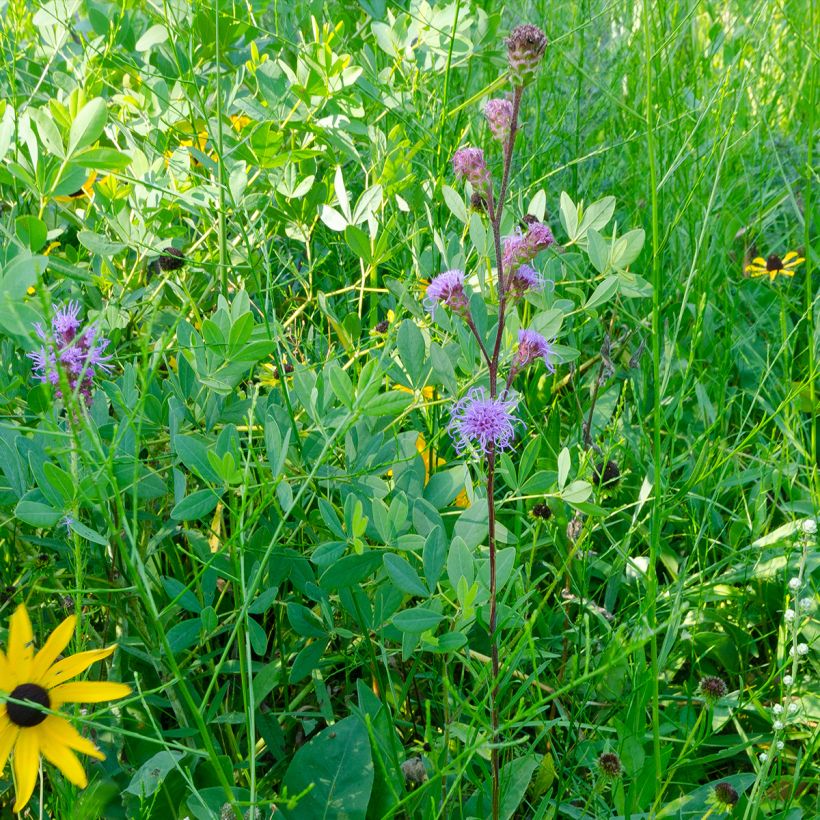

Flowering
Foliage
Plant habit
Botanical data
Liatris
ligulistylis
Asteraceae
Rocky Mountain Blazing Star
North America
Other Liatris - Kansas Blazing Star
View all →Planting and care
Liatris love fairly rich soils, slightly damp in summer (not too dry), but well-drained. Limestone is tolerated. However, caution must be taken in winter regarding root rot in very heavy clay or compact and frozen soils. This species thrives in full sun. In very rich soil, the plant will produce taller stems that may require staking.
Planting period
Intended location
Care
Planting & care advice
This item has not been reviewed yet - be the first to leave a review about it.
Haven't found what you were looking for?
Hardiness is the lowest winter temperature a plant can endure without suffering serious damage or even dying. However, hardiness is affected by location (a sheltered area, such as a patio), protection (winter cover) and soil type (hardiness is improved by well-drained soil).

Photo Sharing Terms & Conditions
In order to encourage gardeners to interact and share their experiences, Promesse de fleurs offers various media enabling content to be uploaded onto its Site - in particular via the ‘Photo sharing’ module.
The User agrees to refrain from:
- Posting any content that is illegal, prejudicial, insulting, racist, inciteful to hatred, revisionist, contrary to public decency, that infringes on privacy or on the privacy rights of third parties, in particular the publicity rights of persons and goods, intellectual property rights, or the right to privacy.
- Submitting content on behalf of a third party;
- Impersonate the identity of a third party and/or publish any personal information about a third party;
In general, the User undertakes to refrain from any unethical behaviour.
All Content (in particular text, comments, files, images, photos, videos, creative works, etc.), which may be subject to property or intellectual property rights, image or other private rights, shall remain the property of the User, subject to the limited rights granted by the terms of the licence granted by Promesse de fleurs as stated below. Users are at liberty to publish or not to publish such Content on the Site, notably via the ‘Photo Sharing’ facility, and accept that this Content shall be made public and freely accessible, notably on the Internet.
Users further acknowledge, undertake to have ,and guarantee that they hold all necessary rights and permissions to publish such material on the Site, in particular with regard to the legislation in force pertaining to any privacy, property, intellectual property, image, or contractual rights, or rights of any other nature. By publishing such Content on the Site, Users acknowledge accepting full liability as publishers of the Content within the meaning of the law, and grant Promesse de fleurs, free of charge, an inclusive, worldwide licence for the said Content for the entire duration of its publication, including all reproduction, representation, up/downloading, displaying, performing, transmission, and storage rights.
Users also grant permission for their name to be linked to the Content and accept that this link may not always be made available.
By engaging in posting material, Users consent to their Content becoming automatically accessible on the Internet, in particular on other sites and/or blogs and/or web pages of the Promesse de fleurs site, including in particular social pages and the Promesse de fleurs catalogue.
Users may secure the removal of entrusted content free of charge by issuing a simple request via our contact form.

































